CABRILLO & LA JOLLA (Day 8 - part 4)
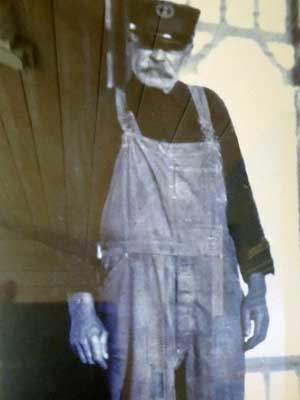

Keepers and assistants maintained a strict maintenance routine, regardless of conditions... such as cleaning exterior glass in high winds. Soft coveralls prevented damage to both the uniforms and lens prisms.
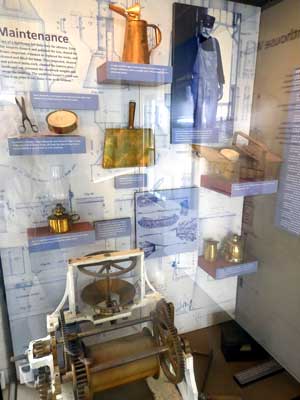

Tools of the trade




Along with being a workplace, lighthouses also required home chores. Roofs had to be repaired, fences and wall repaired and whitewashed, firewood chopped, clothing washed and mended, meals prepared, dishes washed and water hauled from the cistern. Many of the families kept gardens and livestock. It was an 18-mile journey to town and back and took most of the day.
The professional heavy wool uniforms were introduced in 1884, although they were much more appropriate for chilly New England coastlines than for southern California ones.

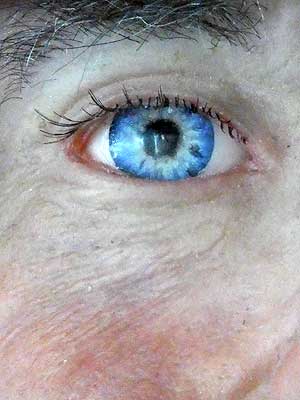
Wow! The mannequins looked soooo real! Note the detailed eyes, the individual hairs in the eyebrows and eyelashes, and even the ruddy skin tone.


In 1860, San Diego was still just a village with a mere 731 people. By 1870, there were 2,000. Starting in 1885, the population exploded from 5,000 to 40,000 people, but by 1891, it dropped back down to 16,000.
The port of San Diego, with a depth of just 20 feet, was too shallow for large cargo ships. Eventually the federal government paid to dredge the harbor, but by then the old lighthouse sat abandoned.


The old lighthouse was shut down in 1891. The new lighthouse is located at the tip of the peninsula and is operated by the Coast Guard.


A 3rd Order flashing lens (the larger one in the back) and a smaller 5th Order lens
The original 3rd Order lens in the old lighthouse (1855 to 1891) was fixed (non-rotating). The 3rd Order len which served in the new lighthouse from 1891 to 1997 was flashing (rotating). Made in France, it weighs 1,985 pounds and is 5 feet 2 inches tall. Each individual crystal had to be hand-ground and fitted into place.
The smaller 5th Order fixed lens lighted a nearby lighthouse at Ballast Point from 1890 to 1960.


In 2002, the lens from the new lighthouse was disassembled and packed into twelve 100-pound crates. These were lowered by ropes and pulleys over 50 feet to the ground. The current Henry-Lepaute lens used today is similar to it.


Of all the lighthouses built in the US, only about half remain. All active ones are automated and few are staffed. This small, lightweight, durable acrylic lens has replaced the massive old glass lenses. Despite modern navigational aids, sailors still rely on visible lights to confirm their position.
The trail continued on to the Kelp Forest and Whale Overlook. Every year, Eastern Pacific gray whales migrate 10,000 miles from the Arctic Ocean to Mexico, passing by here between mid-December to March.

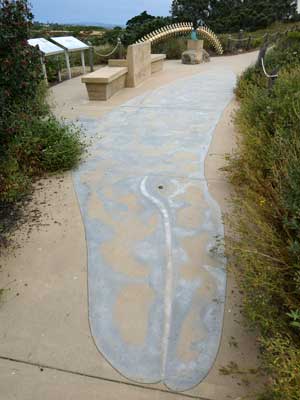
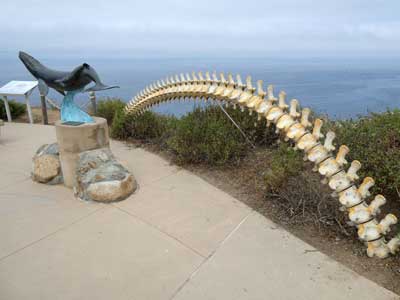





Forests of giant kelp can be found along the coastline. They reduce the impacts of waves but can't hold onto the ocean floor if the water is too turbulent.
Sea kelp is a type of seaweed (a large marine algae which encompasses over 10,000 different species).


The patterns in the water are the result of these massive kelp forests.



More measuring equipment

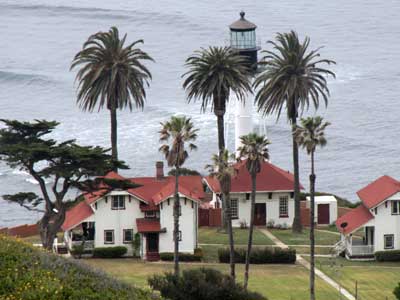
Far below us was the new lighthouse.


Lots of water activity

View of San Diego


An incoming plane ... The Coronado Bridge
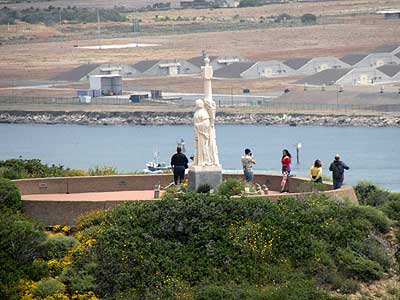

Cabrillo's statue ... Shaw's agave is pollinated by moths and bats.
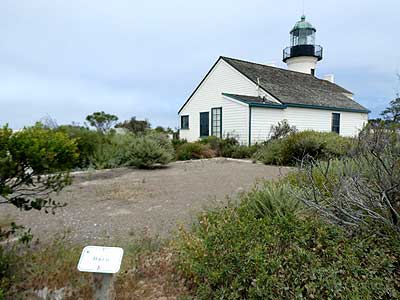
Looping back past by the lighthouse again where the old barn once stood


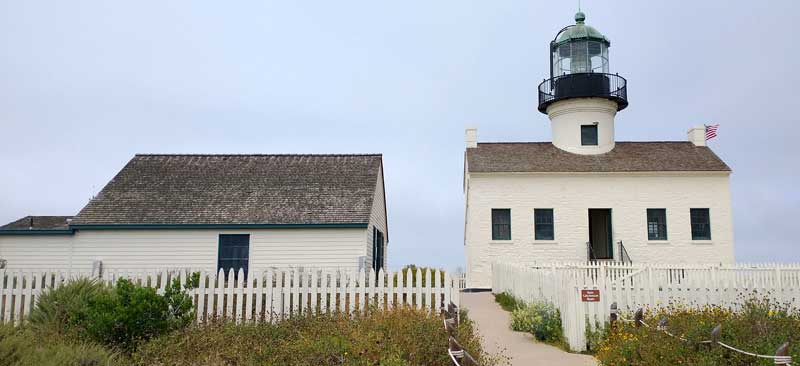



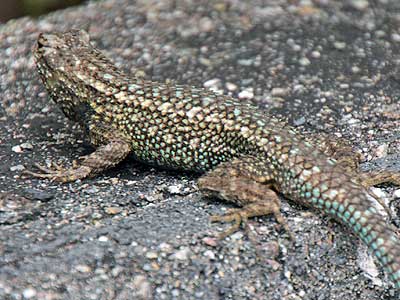
Quite a colorful lizard!

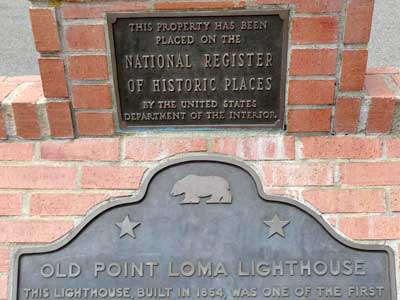
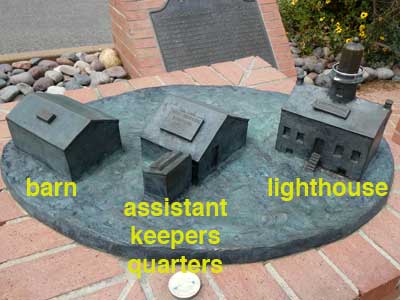

return • continue

